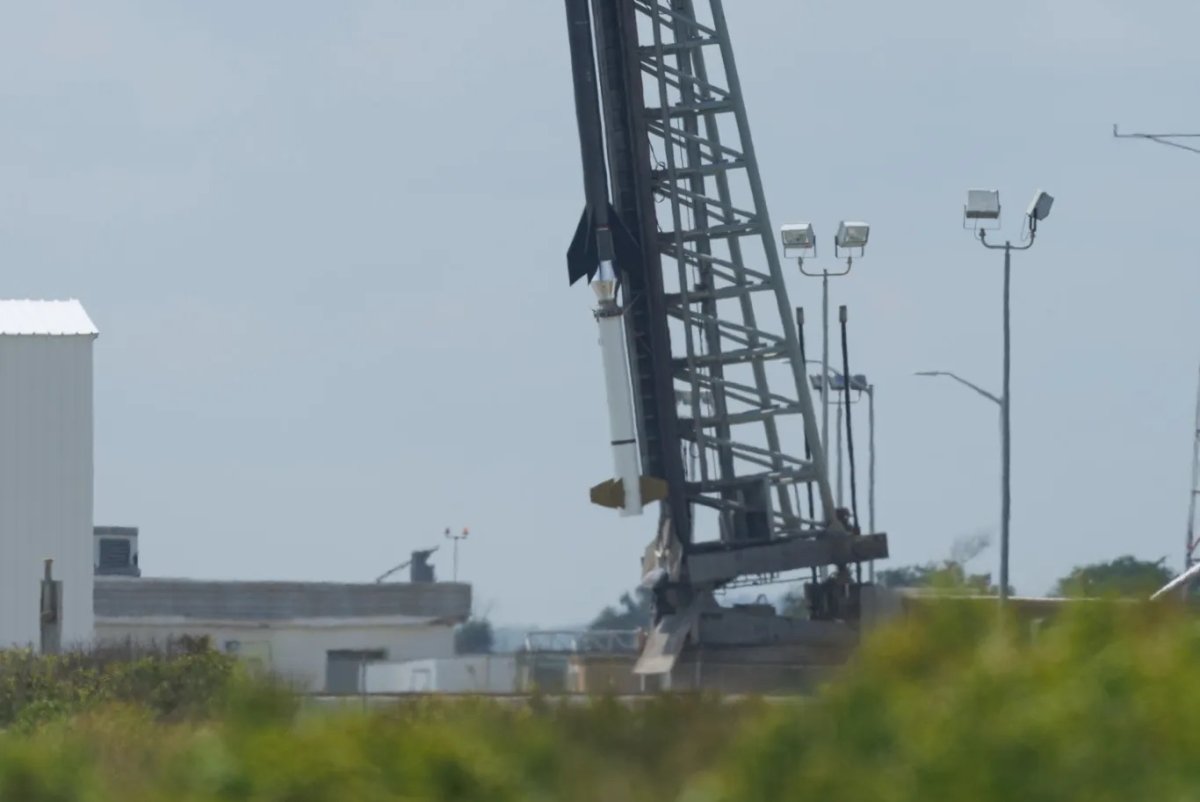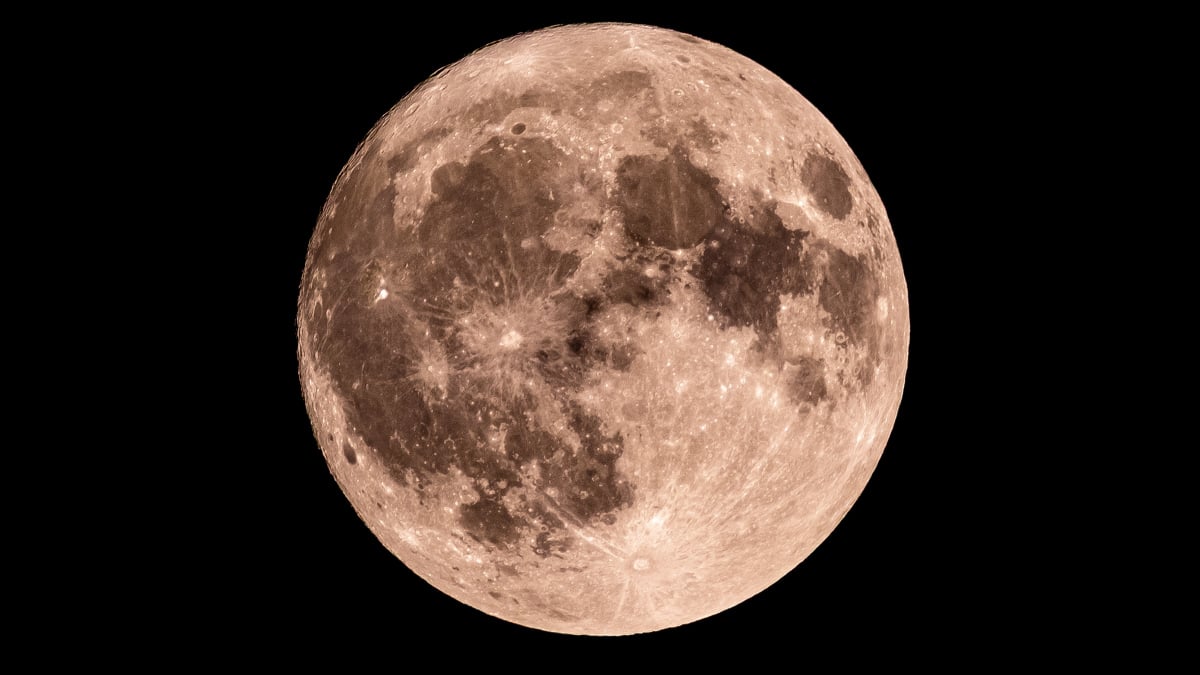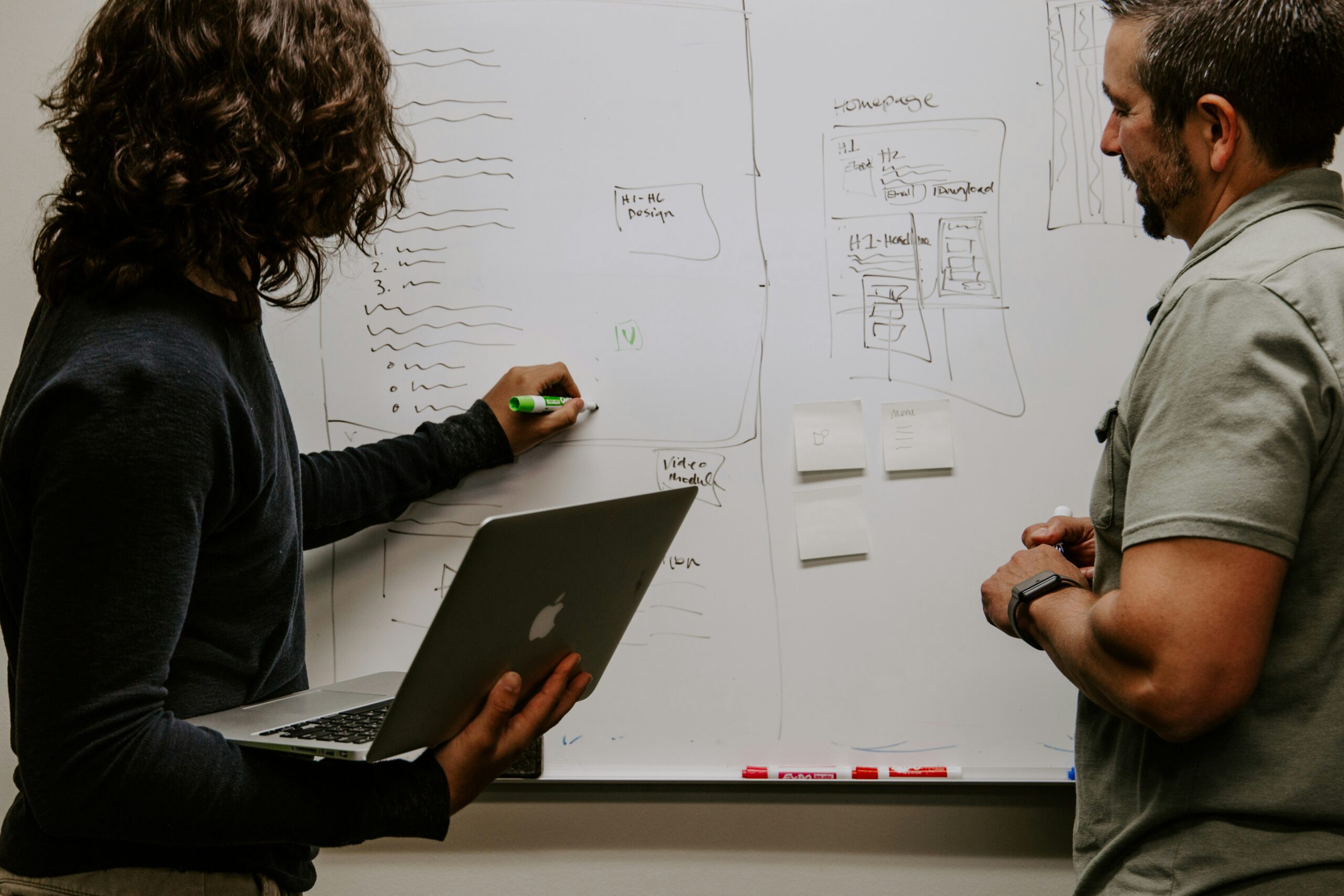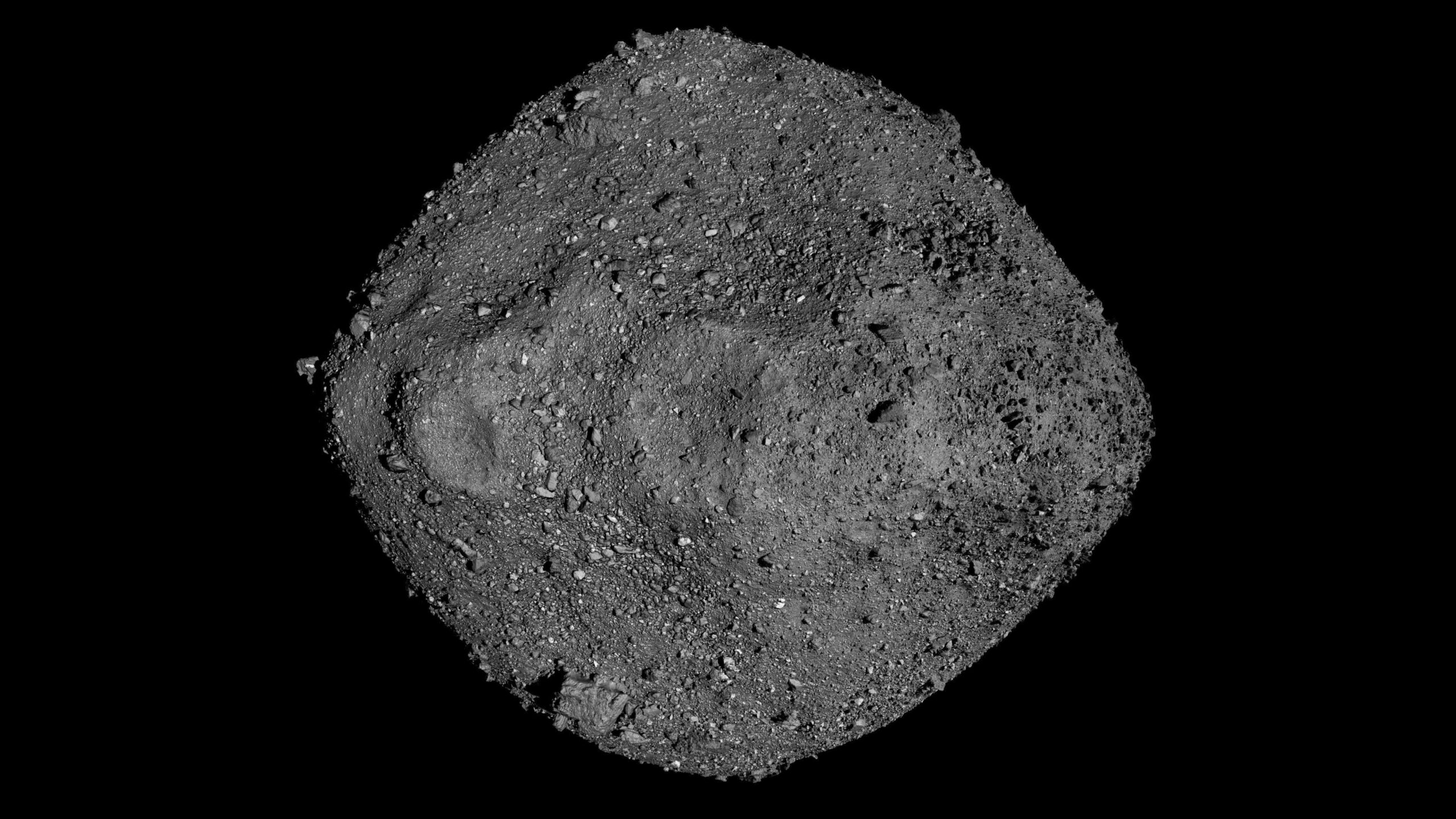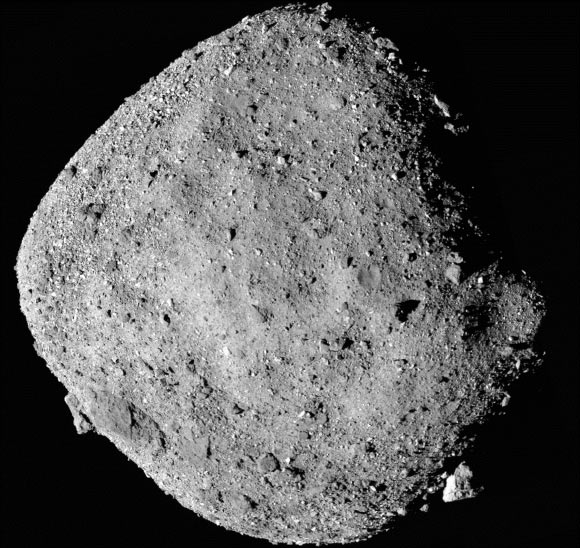The first bodies to form in the Solar System acquired their materials from stars, the presolar molecular cloud and the protoplanetary disk. Asteroids that have not undergone planetary differentiation retain evidence of these primary materials; however, geologic processes such as hydrothermal alteration can dramatically change their compositions and chemistry. In new research, scientists analyzed the elemental and isotopic compositions of samples from asteroid Bennu to uncover the sources and types of material accreted by its parent body.
This mosaic image of asteroid Bennu is composed of 12 images collected on December 2, 2018 by OSIRIS-REx’s PolyCam instrument from a range of 15 miles (24 km). Image credit: NASA / NASA’s Goddard Space Flight Center / University of Arizona.
“We found that Bennu has an elemental composition that very closely matches the Sun,” said LLNL scientist Greg Brennecka.
“That means the material recovered from Bennu is a great reference for the starting composition of the entire Solar System.”
“It is remarkable that Bennu has survived so long without seeing high temperatures that would ‘cook’ some of the ingredients.”
Scientists are still studying how planets form, and learning the initial composition of the Solar System is like obtaining the list of ingredients to bake a cake.
“With that ingredients list, we now have a better idea of how those elements all came together to form the planets in our Solar System, and, eventually, Earth and its living inhabitants,” Dr. Brennecka said.
“If we are to learn about our origins, the starting point is the composition of the Solar System.”
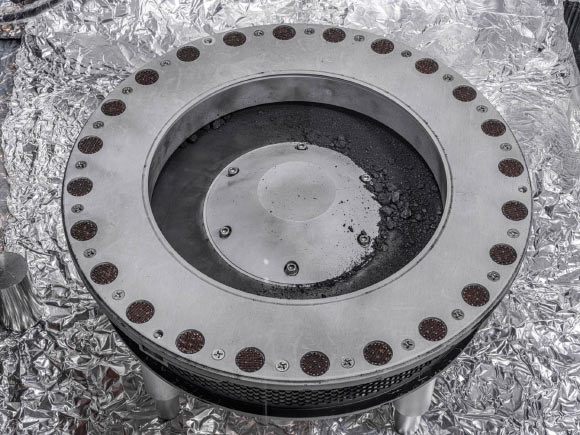
A view of the outside of the OSIRIS-REx sample collector. Sample material from asteroid Bennu can be seen on the middle right. Image credit: NASA / Erika Blumenfeld / Joseph Aebersold.
By returning a pristine sample to Earth and avoiding any contamination from our planet, NASA’s Origins, Spectral Interpretation, Resource Identification, and Security-Regolith Explorer (OSIRIS-REx) mission opened up new opportunities.
“The amount of information you can obtain from returned sample material in the laboratory is incredible,” said LLNL scientist Quinn Shollenberger.
“We simply cannot answer the big ‘origins’ questions without having the sample on Earth.”
“One of our goals is to determine what elements in the periodic table, and in what proportions, the Solar System started with. Bennu allows us to find this out,” said LLNL scientist Jan Render.
To obtain these results, the researchers crushed the asteroid material into a fine powder and dissolved it in acid.
Then, they fed it into a suite of mass spectrometers, which provided the concentrations of most elements in the periodic table.
From there, the scientists have been separating the sample by element, and, so far, they have been able to analyze isotope ratios of several elements.
“One perk of working at a national laboratory is the amazing analytical capabilities that we have at our disposal and experts in utilizing state-of-the-art machinery,” said LLNL scientist Josh Wimpenny.
“Having these capabilities all in one place is very unique, and we get better use out of these precious materials.”
“We traced the origins of these initial materials accumulated by Bennu’s ancestor,” said Dr. Ann Nguyen, a researcher at NASA’s Johnson Space Center.
“We found stardust grains with compositions that predate the Solar System, organic matter that likely formed in interstellar space, and high temperature minerals that formed closer to the Sun.”
“All of these constituents were transported great distances to the region that Bennu’s parent asteroid formed.”
The findings were published in the journal Nature Astronomy.
_____
J.J. Barnes et al. The variety and origin of materials accreted by Bennu’s parent asteroid. Nat Astron, published online August 22, 2025; doi: 10.1038/s41550-025-02631-6
